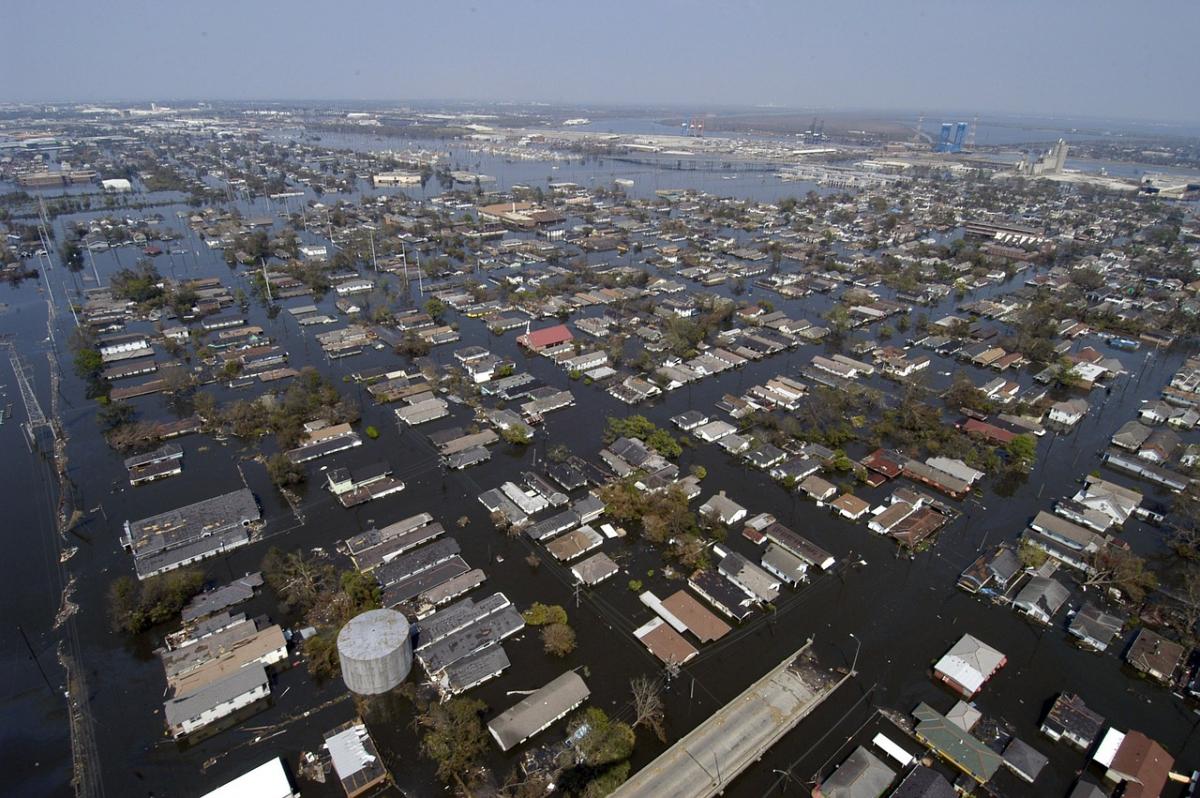By Natalie Gross
Latino Ed Beat
In the 10 years since Hurricane Katrina devastated much of southeastern Louisiana, New Orleans and its surrounding areas have seen an influx of Hispanic immigrants who are establishing permanent roots, with many being among the first to aid in the city’s rebuilding efforts.
Andy Grimm of The Times-Picayune reported last week:
Rising population numbers and rebounding tax base aside, the influx of Hispanic residents to southeast Louisiana since 2005 has been one of the most significant demographic shifts of the post-Katrina decade.
An estimated 100,000 Hispanics came to metro New Orleans in the months after the storm, and many have joined…in putting down stakes in the region. While the population of the region as a whole remains at about 80 percent of pre-Katrina levels, the Latino population has nearly doubled since the storm.
Naturally, this has had a dramatic effect on local schools.
A woman of Mexican descent told NBC News she has seen the population increase first hand. “My kids go to school with other Latinos. Where when I went to school with two, she goes to school with two dozen,” Maria Sinclair told writer Icess Fernandez Rojas.
Nearby Jefferson Parish Public School System has doubled the Hispanic population of Orleans Parish, as Jefferson’s Latino population grew to nearly 60,000 by 2013 — an almost 80 percent jump from 2000 figures, Grimm reports. This year, Jefferson Parish public schools enrolled nearly 6,300 students who are English-language learners.
And in response to complaints by the Southern Law Poverty Center on behalf of Hispanic students, the school district will be sending home materials in Spanish and increase its Spanish-speaking support staff.
It’s taken a while for the community overall to adjust to the growing Hispanic population as well, according to various news stories. Fernandez Rojas writes, ”Since Katrina, New Orleans For Latinos, the past decade has been a road toward acceptance and reconciliation, as the community slowly becomes part of the city’s culture.”



